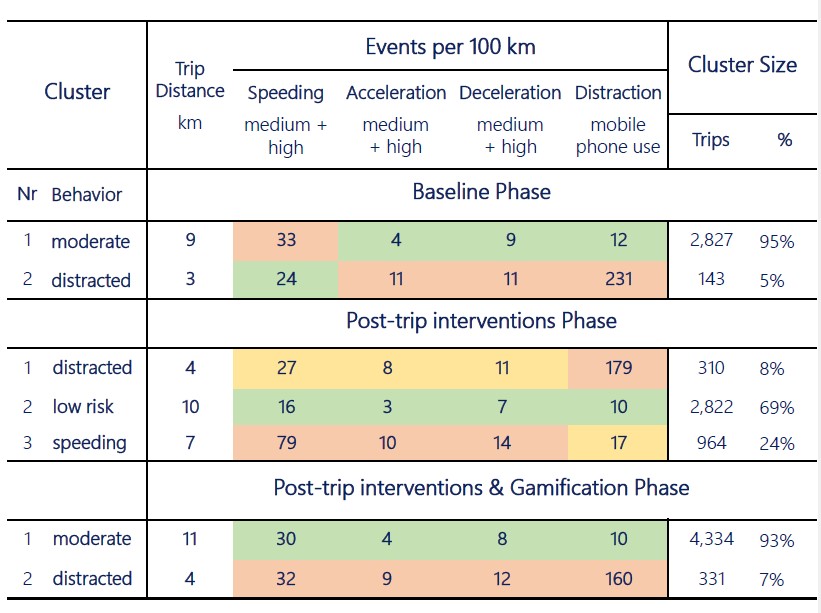
This paper aims to provide a detailed overview of driving behaviour indicators during the implementation of the H2020 project i-DREAMS interventions in Greece. To fulfil this aim, a robust methodology utilizing a k-means clustering approach was employed to detect meaningful driving behaviour patterns within a dataset comprising 11,731 trips from 56 Greek car drivers. This exploratory analysis was complemented by an unsupervised pattern recognition algorithm, which aimed at identifying clusters based on safe or dangerous driving behaviour of the users. The assessment of driving behav-iour encompassed indicators such as speeding events, harsh braking and accelerating events, and distraction events (phone in hand). This analysis provides valuable insights into the risky driving behaviour among the i-DREAMS naturalistic driving experiment Phases in Greece.
| ID | pc535 |
| Presentation | |
| Full Text | |
| Tags |








